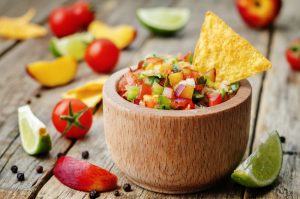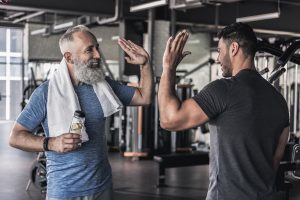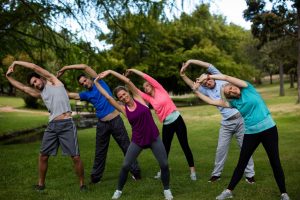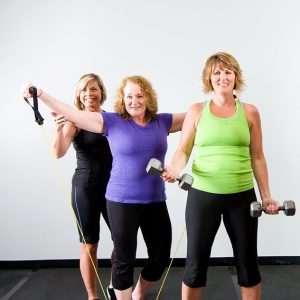This recipe comes from the kitchen of our own Exercise Physiologist, Corynne! All you need is 30 minutes and one pan to make this delicious meal. Feel free to substitute your favorite vegetables. Thanks for sharing!
Ingredients: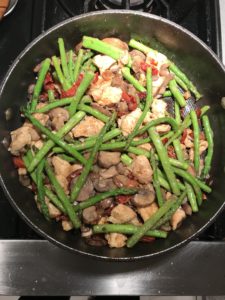
- 2 Garlic Cloves, minced
- 1-2 Tbsp Olive oil
- 1 lb. Chicken breast, cubed
- 1 cup Asparagus, halved
- 1/2 cup Mushrooms, diced
- 1/4 cup Sun dried tomatoes, thinly sliced
- 1 tsp Garlic powder
- Salt & Pepper, to taste
Directions:
- In a large pan on medium heat, cook olive oil with garlic and sun dried tomatoes, for about 5 minutes. Remove contents from pan and put in a bowl on the side.
- Cook the mushrooms in remaining olive oil (you can add more oil if needed) for about 5 minutes or until tender and lightly browned. Season with garlic powder, salt and pepper as desired. Remove from pan and put in the bowl with the sun dried tomatoes.
- Add the asparagus to the pan and cook for about 10 minutes or until tender. Set aside in same bowl as the sun dried tomatoes and mushrooms. Then cook chicken breast for 5-7 min or until lightly browned with garlic, garlic powder, salt and pepper as desired.
- Put everything back in the pan and mix together for 30 seconds. Enjoy!

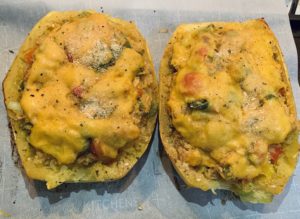
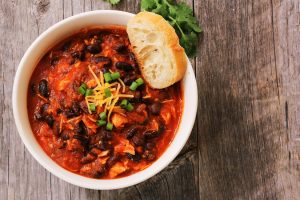
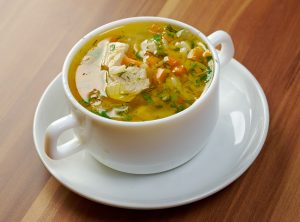 2 Tablespoons olive oil
2 Tablespoons olive oil